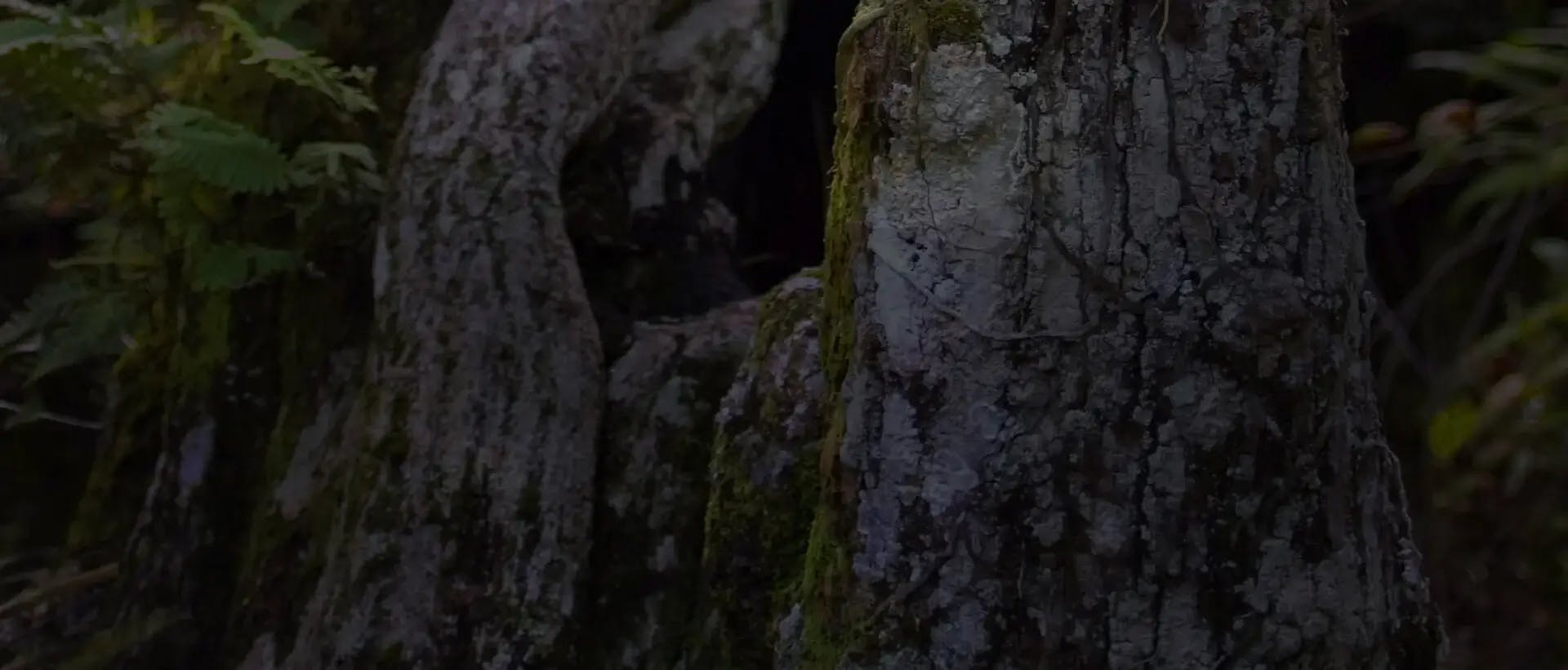
Porphyroglottis
Classification
Overview
Distribution
Care and Culture Card
See basic growing conditions and care information below.

FREE ACCESS: Orchid DealWire
Get notified when orchid vendors have special promotions and exclusive savings.


See basic growing conditions and care information below.

Get notified when orchid vendors have special promotions and exclusive savings.
